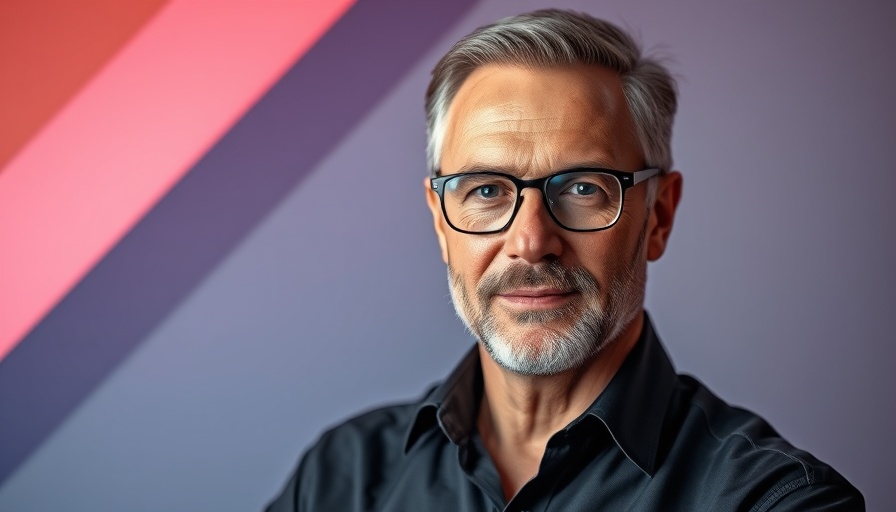
Unveiling the Future of AI at TechCrunch Sessions
As the healthcare sector increasingly embraces artificial intelligence, keeping up with the latest advancements is vital for IT professionals and healthcare providers alike. With Anthropic co-founder and Chief Science Officer, Jared Kaplan, set to speak at the upcoming TechCrunch Sessions: AI, attendees have a unique opportunity to understand the evolving landscape of AI in healthcare.
Jared Kaplan: A Pioneer in AI
Jared Kaplan, known for his innovative work in scaling laws and hybrid reasoning models, will delve into how AI can enhance healthcare technologies. Drawing from his extensive background as a theoretical physicist and his pivotal role in the development of AI tools like Claude, Kaplan equips healthcare professionals with insights on mitigating risks associated with AI deployment.
Transforming Processes with Hybrid Reasoning Models
This year’s TechCrunch event will emphasize the significance of hybrid reasoning models—tools that optimize AI to quickly respond to straightforward queries while also providing in-depth analysis for more complex situations. With applications in patient management systems and clinical decision-making, these advancements could redefine how healthcare professionals interact with technology.
Insights Into Risk Governance and Future Trends
Kaplan's focus on risk governance at Anthropic highlights the importance of responsible AI development. For healthcare IT professionals, understanding these frameworks can lead to more effective and safer implementations of AI technologies in medical settings. The insights shared at this event could pave the way for safer AI adoption, ensuring compliance with regulatory standards and enhancing patient care.
Don't Miss Out on Valuable Networking Opportunities
TechCrunch Sessions: AI is more than just a conference—it’s a gathering of the brightest minds in the industry. With ticket prices currently reduced to $292, this event is ideal for healthcare IT leaders, administrators, and providers aiming to network and learn about cutting-edge AI developments. It's a chance to forge connections that could transform your approach to healthcare technology.
For those in the healthcare sector, attending TechCrunch Sessions: AI on June 5 at UC Berkeley stands as an essential step towards understanding and implementing AI innovations effectively. Register now to secure your spot and bring insight back to your organization!
 Add Row
Add Row  Add
Add 




Write A Comment